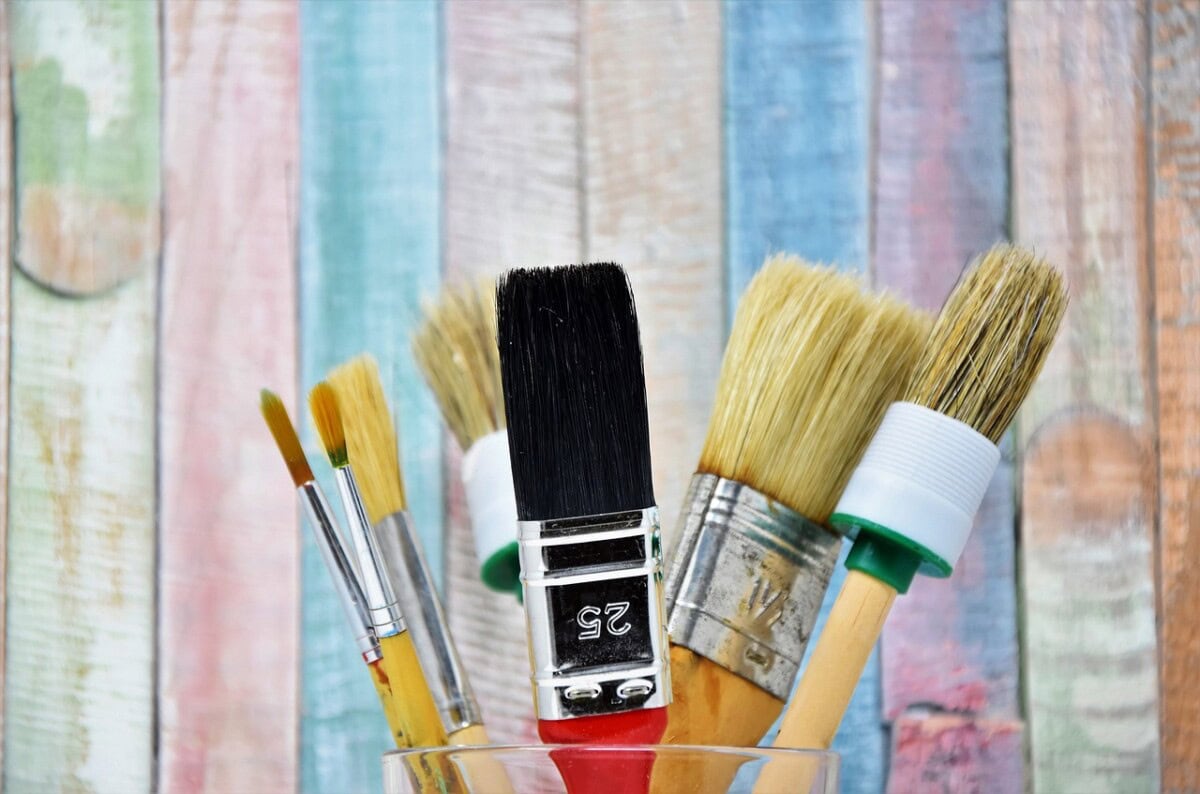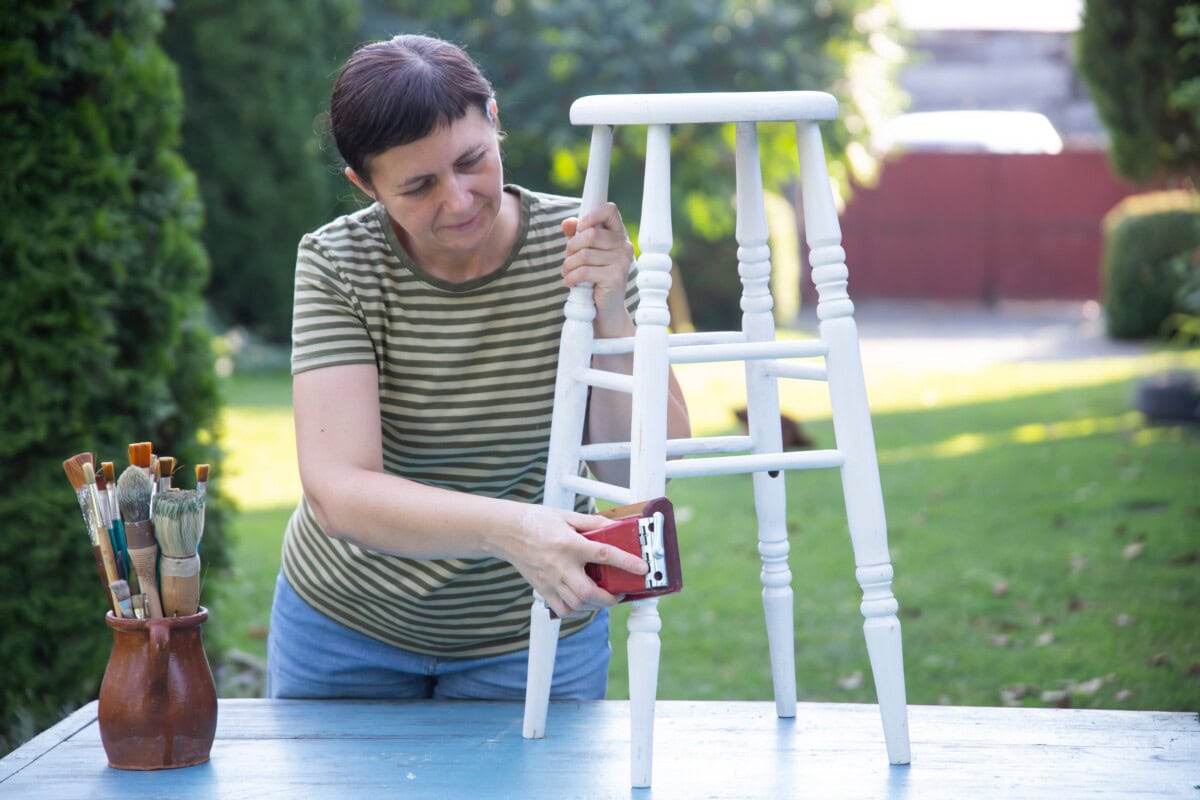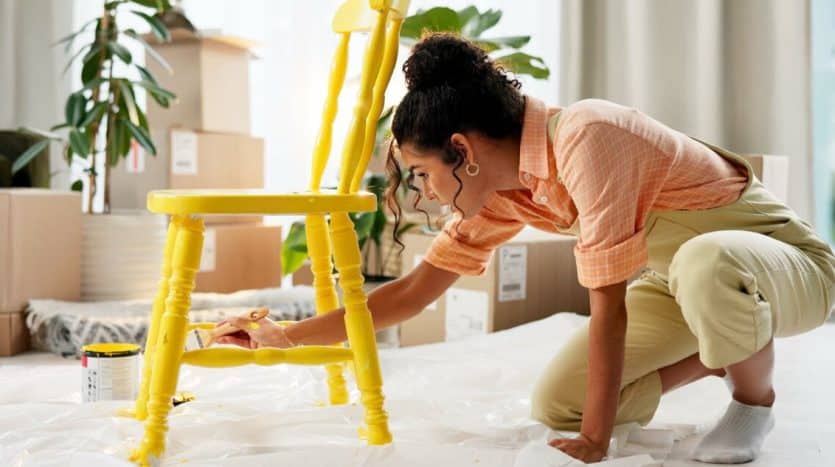Experts Share How To Transform Your Furniture With A Flawless Paint Job
[ad_1]
Painting your furniture is a unique way to give old pieces a new look, add personal style and give new life to a worn out staple. Whether the fabric is a thrift find or an upcycled favorite, when you decide to paint it, it's important to know the right steps to achieve a smooth, professional finish.
From preparation and priming to choosing the right paint and sealant for protection, every step plays an important role in ensuring your furniture looks great and stands the test of time. Whether you're changing a piece for your apartment or painting your furniture can be a fun, rewarding DIY project that enhances your home decor.

1. Choose the right products
Choosing the right products provides a durable, long-lasting finish that resists wear and tear and helps achieve a smooth, professional look.
“To create beautifully painted furniture that will last for years to come, it's important to choose quality products designed specifically for this purpose,” he shares. .
Some of the products they recommend are chalk-style furniture paint, synthetic bristle paint brushes or sponges, and a durable, eco-friendly top coat or wax.
2. Clean your furniture thoroughly
Thoroughly cleaning your furniture before painting ensures proper paint adhesion and prevents peeling or uneven coverage. It also removes dust, oil and dirt.
“When giving your furniture a makeover, start by giving it a thorough cleaning with wood soap to remove any dirt to ensure ideal paint adhesion,” he advises. .

3. Sand the finish lightly
Sanding is a crucial step when refinishing your furniture. It creates a smooth, even surface that allows the paint to adhere better. It also helps remove blemishes, old finishes or rough spots, resulting in a more polished look.
says, “Start by lightly sanding the original finish with 150-grit sandpaper to get proper adhesion.”
“To simplify the process, we use a Festool dustless sander, which allows us to achieve a smooth, efficient finish with minimal mess. It's a highly recommended tool for professionals, while homeowners can easily rent it from their local hardware store to simplify their furniture painting projects.” .
4. Use high quality oil and adhesive primer
Using a high-quality oil or adhesive primer prevents peeling or cracking.
“For permanent adhesion, use a high-quality oil or adhesive primer, followed by a high-quality finish designed specifically for furniture, from Sherwin-Williams to Fine Paints of Europe.” . “Gently sand the edges and thin the paint for a worn look, then finish with a clear coat for durability.”

5. Apply an even layer of paint
When painting your furniture, use a brush or roller to apply thin, even layers of paint. Even coats help prevent drips, streaks, and uneven coverage. Applying several thin layers also allows the paint to dry properly.
If you have one, a paint sprayer allows for a smooth, even application of paint and helps achieve a flawless, professional finish with minimal brush strokes or streaks.
6. Seal your furniture
After painting your furniture, sealing it protects the finish from wear, moisture and everyday use. A good sealant, such as clear wax or polyurethane, adds durability and helps preserve the appearance of the paint over time. It also provides an extra layer of protection against scratches, stains and fading.
Bonus: For metal, powder coat your furniture
Powder coating for metal furniture is a highly durable option that provides a smooth, even finish that resists rust, scratches and weathering. This method involves applying a dry powder that is then baked onto the surface.
says, “If your furniture is made of metal, powder coating is a great option. Powder coating is known to have long-lasting, durable, impact-resistant properties. Not only is it affordable, but unlike conventional painting methods, it can be done quickly without waiting days for the paint to dry.”
[ad_2]
Table of Contents




